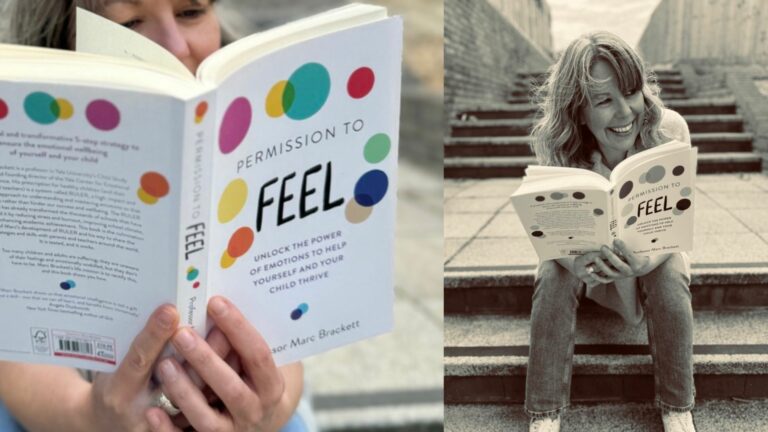How To Set Healthy Boundaries
Watch, Read & Listen!
Enjoy my recommended videos, podcasts, articles and insights from the Mind-Body world.

Permission To Feel Book Review | Marc Brackett
You must read this book! It’s one of my fave’s as it’s a lighter read than most, but…

The Myth Of Normal Book Review | Dr. Gabor Maté
A concise review of this mind-body master piece by Dr Gabor Maté that should be on your shelf!
Dr. Gabor Maté on The Connection Between Stress and Disease
Can a person literally die of loneliness? Is there a connection between emotional expression and Alzheimer’s disease? Is…
